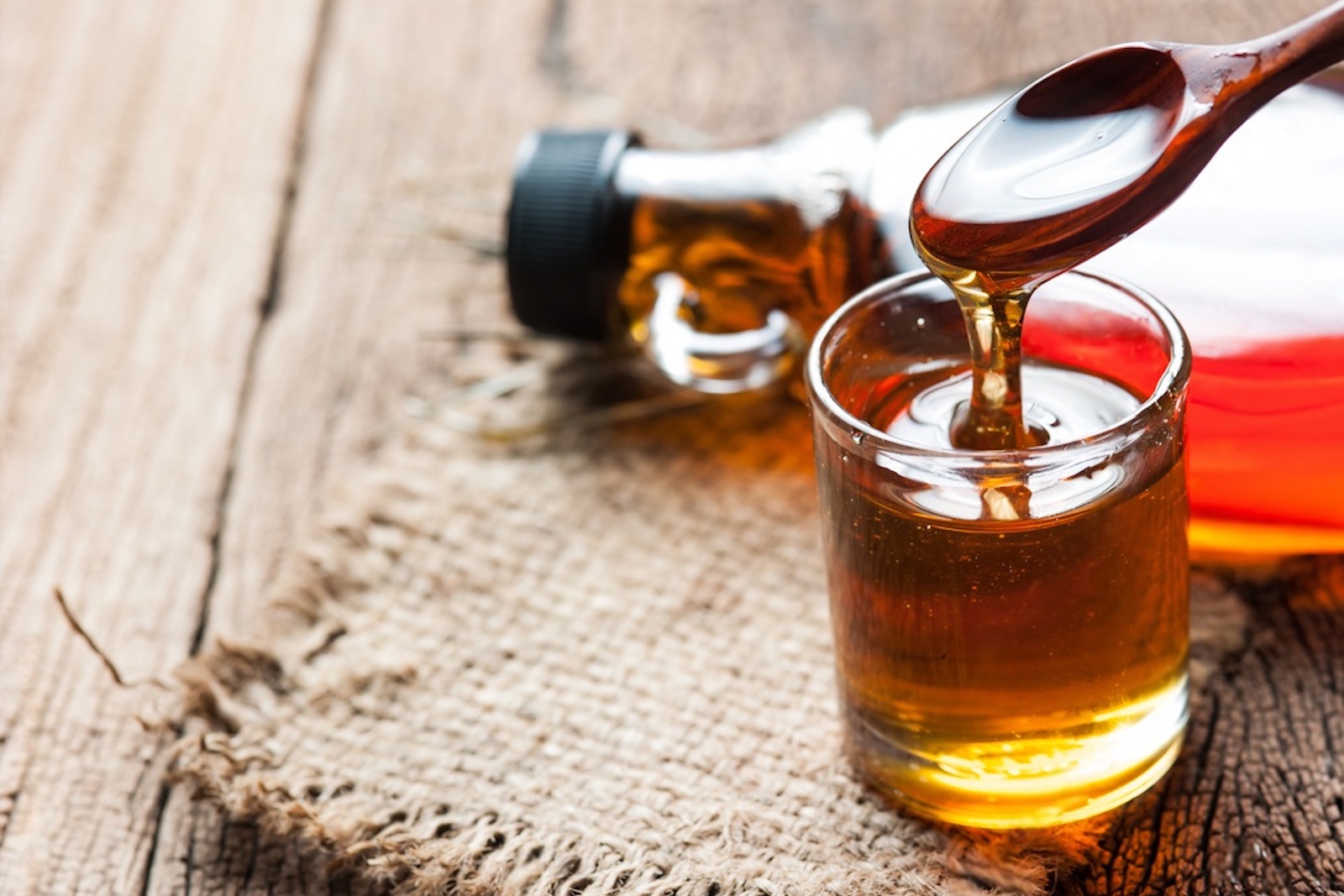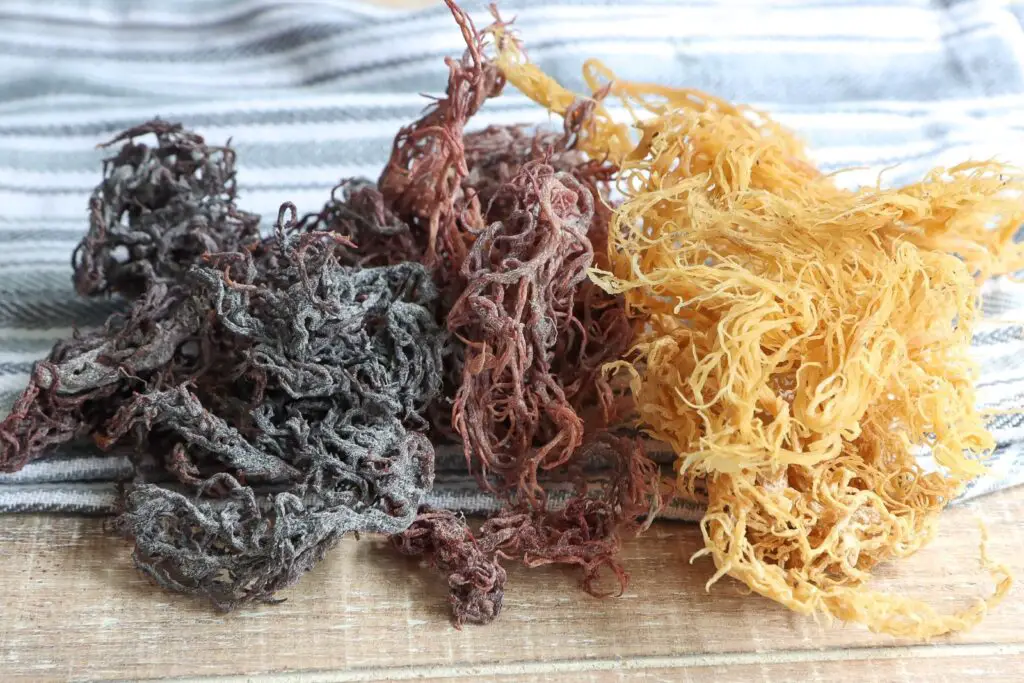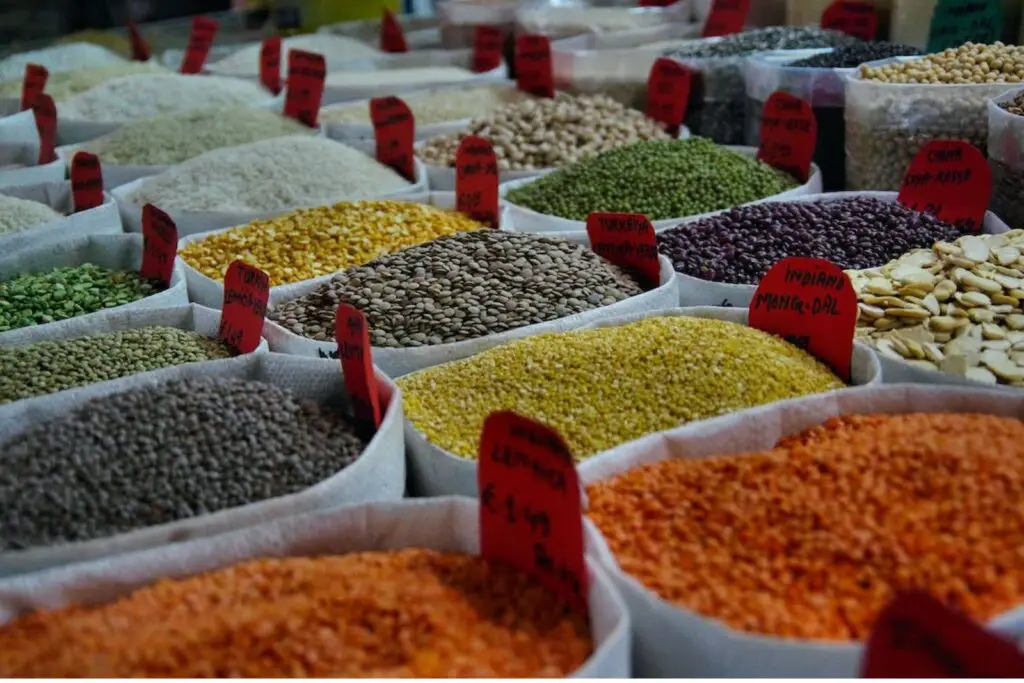
Syrup is a thick, sweet liquid typically made by dissolving sugar in water or other liquids. It is commonly used as a topping or sweetener for various foods and beverages. Syrups come in a wide range of flavors, including maple, chocolate, caramel, and fruit. Freezing syrup involves placing it in appropriate containers and storing it in the freezer to prolong its shelf life and maintain its quality. Proper freezing techniques help preserve the flavor and consistency of syrup, allowing it to be enjoyed even after an extended period of storage.
Here are the step-by-step process of freezing syrup:
Step 1: Selecting the Right Containers
When freezing syrup, selecting the right containers is vital to ensure that the syrup remains fresh and maintains its quality. Opting for airtight containers or freezer-safe plastic or glass jars with tight-fitting lids is highly recommended. These containers prevent the syrup from being exposed to air, which can lead to freezer burn and loss of flavor.
Using airtight containers also helps to preserve the syrup’s consistency, preventing it from becoming watery or developing ice crystals during the freezing process. Freezer-safe plastic or glass containers are ideal as they can withstand the low temperatures of the freezer without cracking or breaking.
Leaving some headspace in the containers is essential when freezing syrup. As the syrup freezes, it expands, and without sufficient room, the container may burst or leak. Allowing for expansion ensures that the containers remain intact and prevents any potential mess in the freezer.
If you prefer portioned servings of syrup for future use, smaller containers or ice cube trays can be a convenient option. These smaller portions can be easily thawed as needed, minimizing waste and allowing for more precise measurements in recipes.
Can I freeze syrup in its original packaging?
It is generally not recommended to freeze syrup in its original packaging, especially if it is in a glass bottle or a container that is not freezer-safe. Transferring the syrup to airtight, freezer-safe containers helps maintain its quality and prevents potential breakage or contamination in the freezer.
Can I freeze syrup in a zip-top bag?
While it is possible to freeze syrup in a zip-top bag, it may not be the ideal method. Zip-top bags are more prone to leaks and can be difficult to stack in the freezer, potentially causing a mess. It is recommended to use airtight, freezer-safe containers to ensure proper protection and maintain the quality of the syrup during freezing and storage.
Can I freeze syrup in mason jars?
Yes, you can freeze syrup in mason jars, but it requires some precautions. It is important to choose wide-mouth mason jars specifically designed for freezing, as they are made of thick glass that can withstand the low temperatures. Leave enough headspace in the jar to allow for expansion during freezing, and ensure the lid is not tightened fully to allow any excess air to escape.
Can I freeze syrup in silicone molds?
Freezing syrup in silicone molds is possible and can be a convenient way to portion and store smaller quantities. Silicone molds are flexible, making it easier to remove the frozen syrup portions. However, ensure the silicone molds are food-grade and suitable for freezing to maintain the syrup’s quality. It is recommended to transfer the frozen syrup portions from the molds to airtight freezer bags or containers for better long-term storage and to prevent freezer burn.
Can I freeze syrup in squeeze bottles?
Freezing syrup in squeeze bottles can be challenging as the liquid may expand and cause the bottle to burst. It is generally not recommended to freeze syrup in squeeze bottles, especially those made of plastic, as they may not be able to withstand the expansion. Instead, consider transferring the syrup to airtight, freezer-safe containers for safe and efficient freezing and storage.
Can I freeze syrup in ceramic or porcelain containers?
Freezing syrup in ceramic or porcelain containers is generally not recommended. These materials are not designed to withstand the extreme temperatures of the freezer, and there is a risk of the containers cracking or breaking during freezing and thawing. It is safer to use airtight, freezer-safe containers made of materials specifically designed for freezing, such as plastic or glass, to preserve the quality of the syrup.
Can I freeze syrup in metal containers?
Freezing syrup in metal containers is not recommended. Metal containers can react with the syrup, potentially affecting its taste and quality. Additionally, metal containers may not be able to withstand the expansion that occurs during freezing, leading to leaks or damage.
Step 2: Preparing the Syrup
Properly preparing the syrup before freezing is essential to ensure its quality and maintain its flavor. Regardless of the type of syrup, whether it’s maple syrup, fruit syrup, or any other variety, it’s important to start with a fresh and uncontaminated product.
If you’re using homemade syrup, allow it to cool completely before freezing. This step is crucial because if the syrup is still warm when placed in the freezer, it can create condensation inside the container, leading to ice crystals and affecting the syrup’s texture and taste. Allowing the syrup to cool ensures that it retains its original consistency and flavor during the freezing process.
Before freezing, visually inspect the syrup for any signs of spoilage or contaminants. Check for discoloration, unusual odors, or any presence of mold. If you notice any of these signs, it’s best to discard the syrup rather than freezing it, as it may affect the quality and safety of the product.
Step 3: Filling the Containers
Once you have selected the appropriate containers for freezing syrup, it’s time to fill them while keeping expansion in mind. Pour the syrup into the chosen containers, leaving approximately 1/2 inch of headspace at the top.
Leaving headspace is crucial because as the syrup freezes, it expands in volume. If the containers are filled to the brim, the expanding syrup can push against the lids or cause the containers to burst, resulting in leaks or mess in the freezer. By providing sufficient headspace, you allow room for the syrup to expand without causing any damage to the containers.
Avoid the temptation to overfill the containers, especially if they have narrow openings or lids that sit snugly on top. It’s important to leave that small buffer zone at the top to accommodate the expansion of the syrup during freezing.
Step 4: Labeling and Dating
Labeling and dating each container of frozen syrup is an important step to maintain organization and ensure the freshness of your syrup over time. By taking a moment to label the containers, you create a clear system that allows you to easily identify the type of syrup and the date it was frozen.
Labeling the type of syrup is particularly helpful if you have multiple varieties of syrup stored in the freezer. It eliminates the need to open each container to determine the flavor or type of syrup inside, saving you time and effort. Whether it’s maple syrup, fruit syrup, or any other kind, clearly labeling the containers prevents any confusion and helps you quickly find the desired syrup when needed.
Additionally, dating each container is crucial for proper rotation and consumption. By indicating the date the syrup was frozen, you can easily track its storage time. This ensures that you use the oldest syrup first, minimizing the chances of it being forgotten or left unused for an extended period. Using the oldest syrup first helps maintain freshness and flavor, reducing the risk of potential waste.
Step 5: Freezing the Syrup
After filling the containers with syrup and properly labeling them, it’s time to freeze the syrup. Follow these steps to ensure optimal freezing:
- Placement in the Freezer:
Place the filled containers on a flat surface in the freezer. This ensures stability and prevents the syrup from tipping over or leaking during the freezing process. If the containers have lids, make sure they are securely closed.
- Proper Air Circulation:
Arrange the containers in a way that allows for adequate air circulation around each one. This helps maintain a consistent temperature and promotes even freezing. Avoid overcrowding the freezer with too many containers, as this can hinder proper air circulation and affect the freezing process.
- Avoid Stacking Until Completely Frozen:
It’s important not to stack the containers until the syrup is completely frozen. Partially frozen syrup containers can be unstable and may leak or topple over when stacked. Wait until the syrup is solidly frozen before stacking the containers to maximize space in the freezer.
- Store in the Coldest Part of the Freezer:
To maintain the quality of the frozen syrup, it’s recommended to place it in the coldest part of the freezer. This area typically experiences the least temperature fluctuations, ensuring that the syrup remains frozen solid without any thawing and refreezing cycles. Furthermore, store the syrup away from strong-smelling foods or items that could potentially transfer odors and affect the flavor of the syrup.
Step 6: Thawing and Using Frozen Syrup
Once you’re ready to use the frozen syrup, it’s important to thaw it properly to maintain its quality and flavor. Follow these steps for optimal thawing:
- Transfer to the Refrigerator:
Remove the desired amount of frozen syrup from the freezer and transfer it to the refrigerator. Thawing syrup slowly in the refrigerator is recommended as it allows for a controlled thawing process. The cool temperature of the refrigerator helps maintain the syrup’s quality and prevents any drastic texture changes.
- Slow Thawing in the Refrigerator:
Allow the syrup to thaw gradually in the refrigerator. The time required for thawing will depend on the volume and thickness of the syrup. Generally, thinner syrups will thaw faster than thicker ones. It’s advisable to check the syrup periodically and monitor its thawing progress.
- Room Temperature Thawing (Alternative):
If you need to thaw the syrup quickly or don’t mind a slight change in consistency, you can thaw it at room temperature. However, keep in mind that thawing at room temperature may result in a slightly different texture, as it can be quicker and may lead to some crystallization or separation in the syrup. It’s important to note that room temperature thawing is not recommended for syrups that contain dairy or other perishable ingredients.
By thawing the frozen syrup slowly in the refrigerator, you ensure that it retains its original flavor and texture. The controlled thawing process prevents any rapid temperature changes that could affect the syrup’s quality. However, if time is a constraint, thawing at room temperature is a viable alternative, though it may result in minor changes to the syrup’s consistency.
Other related questions
How long can I keep syrup in the freezer?
When stored properly in airtight containers, syrup can typically last in the freezer for up to 12 months without significant loss of quality. However, it’s always advisable to check for signs of freezer burn or changes in taste before consuming syrup that has been frozen for an extended period.
Can I refreeze syrup?
It is generally not recommended to refreeze syrup once it has been thawed. Refreezing syrup can affect its quality, texture, and flavor. When syrup is thawed, it can undergo changes in consistency and may be more susceptible to spoilage. It is best to use the thawed syrup within a reasonable time frame to ensure the best taste and quality.
How do I know if the syrup has gone bad after being frozen?
To determine if frozen syrup has gone bad, check for signs of spoilage such as an off odor, unusual coloration, or mold growth. If the syrup has developed an unpleasant smell, tastes different, or exhibits visible signs of contamination, it is likely spoiled and should be discarded. It’s important to trust your senses and err on the side of caution to avoid consuming spoiled syrup.
Can I freeze different types of syrup?
Yes, you can freeze various types of syrup, including maple syrup, fruit syrup, chocolate syrup, and more. The freezing process applies to most types of syrup, but it’s important to note that some syrups with perishable ingredients or dairy may have different freezing requirements.
Can I freeze flavored syrups, such as caramel or vanilla syrup?
Yes, flavored syrups like caramel or vanilla syrup can be frozen successfully. However, it’s important to note that the texture and consistency of some flavored syrups may change slightly upon freezing and thawing. Before freezing, ensure the flavored syrup is properly prepared, cooled down, and transferred to airtight, freezer-safe containers. Thaw the syrup in the refrigerator for best results and use it within a reasonable time frame to enjoy its flavor and quality.
Can I freeze sugar-free syrup?
Yes, you can freeze sugar-free syrup. Sugar-free syrups, such as those made with alternative sweeteners, can be frozen in a similar manner to regular syrups. Ensure the sugar-free syrup is properly prepared, stored in airtight, freezer-safe containers, and labeled with the date. Thaw the syrup in the refrigerator and consume it within a reasonable time frame for the best taste and quality.
Can I freeze homemade syrup that contains fresh fruit?
Freezing homemade syrup that contains fresh fruit is possible, but the results may vary. Some fruits may undergo texture changes and become softer upon freezing and thawing. It’s advisable to prepare the syrup according to a trusted recipe, cool it completely, transfer it to airtight, freezer-safe containers, and label them with the date. Thaw the syrup in the refrigerator and consume it within a reasonable time frame to enjoy the best flavor and quality.
Can I freeze syrup that has been opened but not fully used?
Yes, you can freeze syrup that has been opened but not fully used. It is important to transfer the remaining syrup to an airtight, freezer-safe container to prevent it from absorbing odors and flavors from the freezer. Properly sealing the container and labeling it with the date will help ensure the syrup remains fresh and usable when thawed for future use.








